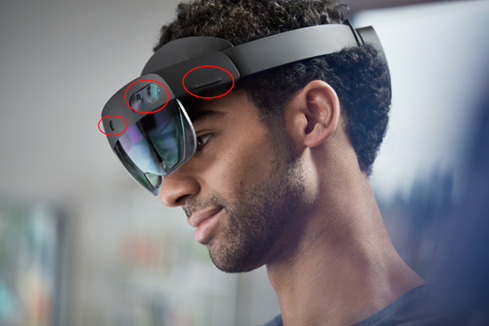
-







-






Latest posts

8 de September de 2022
Share:

Florencia
AV & Collaboration Specialist
Author: Tomas Leiton, Audiovisual Designer & Pre-Sales at Newtech Group Currently, the continuous rollout of features on collaboration platforms is driving the development of hardware capable of supporting these demands. These requirements focus on enabling greater user participation in any type of setting. For this reason, the term “video conferencing platform” is being phased out in favor of “collaboration platform.” These features aim to ensure users can always collaborate with others—even when not physically present. As a result, AV manufacturers and designers are adapting their hardware to meet these requirements. Nowadays, it is common to find cameras installed in meeting rooms capable of recording in high quality and, through algorithms and AI, performing facial recognition to count the number of participants. This is reflected in the inclusion of multiple lenses in cameras—not only to increase environmental coverage, but also to enhance participant recognition algorithms. Three camera models commonly used in video conferencing equipment for meeting rooms and collaboration spaces. When it comes to audio equipment, we can observe how these devices have evolved both in components and processing compared to their predecessors. Today’s systems include more microphone capsules forming an array that goes beyond traditional polar pickup patterns. Additionally, software development and processing algorithms allow for participant voice recognition while filtering out any type of background noise. Through AI, it’s also possible to add voice identification and real-time speech-to-text transcription (this is achieved by building a database that includes the frequency response and spectrum analysis of each individual voice). This type of processing is also useful for issuing voice control commands. Increased directionality as a function of the number of capsules used (more microphones, better noise suppression, therefore greater user detection). To ensure continuous user collaboration, devices now include automatic mobile device detection using wireless data transfer protocols (Bluetooth, WiFi, Miracast, AirPlay). This allows users to move between spaces without disconnecting. This is known as Beaconing or Proximity Join. Finally, the growth of virtual environments has led to new modes of user collaboration and participation. The goal is to give users the sensation of being present anywhere and to enable creation and interaction with content in a virtual, friendly environment. This evolution in workplace interaction demands smarter, more flexible collaboration spaces that support hybrid workflows and enable seamless transitions between physical and digital collaboration. Use of multiple cameras and motion sensors to map the environment. From our side, the first fundamental step is to understand the current state of platforms and technologies, and the direction they are heading in the future. Having this theoretical framework is essential to accurately interpret the client’s needs and offer the most effective solution. This is how, as integrators, Newtech acts as an interpreter/mediator/designer—aligning all scenarios and stakeholders involved at every stage. It is also important to stay up-to-date with new trends (especially those related to hybrid collaboration, smart meetings, and the growth of artificial intelligence), as this allows us to take on the role of a reliable advisor and consultant for our clients. This helps build strong relationships and allows us to be part of the decision-making process from the early stages of each project. The best way to adapt to these trends is through knowledge. This involves studying and understanding the current landscape and tracking progress in the medium and long term. It's our responsibility to review all available literature and participate in seminars, webinars, and discussion forums with other integrators and platform providers. Although every country has its own context, understanding the technologies and their development allows us to craft strategies best suited to each specific situation (selecting the optimal scenario for each case).Among the most notable features are the following:
.png)
.png)
.png)
What solutions does Newtech offer in this process?
How does Newtech adapt to these trends?
Share
If you are looking for advice on technological solutions
in videoconferences please write us!
"*" indicates required fields
© 2025 All rights reserved | newtechgroup.com